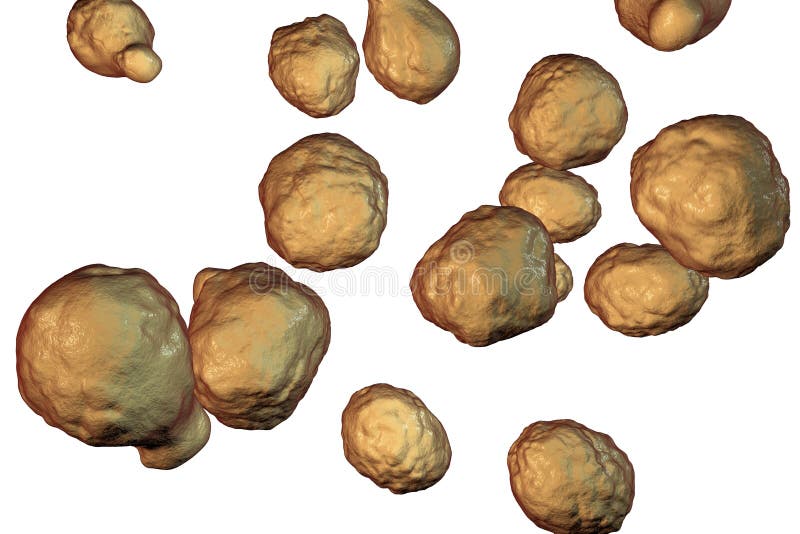
In all, microscopic examination of centrifuged and stained CSF sediment proved more sensitive for rapid diagnosis of cryptococcal meningitis than the India ink method, and in two of our patients cryptococci were seen in centrifuged CSF sediment despite negative CRAG and India ink tests. Results: India ink staining and culture of the CSF were positive for Cryptococcus in 83.33 (10/12) of the samples 100 (11/11) were positive via CrAg EIA. No false positives occurred with CSF May-Giemsa staining in 27 cases of aseptic meningitis with negative cultures for Cryptococcus. CRAG testing in CSF was negative in two patients (one with acquired immunodeficiency syndrome, one with diabetes mellitus) whose India ink test also was negative while cryptococci were identified in their CSF sediment. Both methods failed to detect the pathogen in the remaining three patients. Regarding specificity, no difference was observed between the analysis using India ink and the 5.8S PCR. Comparing the India ink results with the 18S and 5.8S PCR assays, the genomic methods were the most sensitive for detection of Cryptococcus spp. Microscopy: India Ink can be performed on Cerebrospinal fluid (CSF ) to quickly visualize Cryptococcus cells under a microscope however, it has limited sensitivity. The India ink test was positive in seven patients (44%), while microscopic examination of sediment revealed cryptococci in 13 (81%) in six of these 13 the India ink test was negative. Cryptococcus neoformans is an opportunistic fungus that causes infection of the central nervous system in those who are immunocompromised, particularly in human immunodeficiency virus (HIV. The 5.8S primers showed 100 specificity for detection of Cryptococcus sp. We therefore examined cerebrospinal fluid (CSF) sediment using May-Giemsa, periodic acid-Schiff, and Gram stains in 16 patients with cryptococcal meningitis. Infects immunocompromised individuals (esp.The classic India ink test is positive in only half of cryptococcal meningitis cases, and reliable, rapid cryptococcal antigen (CRAG) testing requires technical expertise and facilities not always available.Finally, patients with cryptococcal meningoencephalitis are treated by a short course of combined amphotericin B and flucytosine, followed by a maintenance regimen of fluconazole. This can be recognized by the appearance of soap bubble lesions on MRI scans, as well as the detection of polysaccharide capsule antigens on latex agglutination tests of cerebrospinal fluid. India ink preparation of cerebrospinal fluid (x400) shows a prominent clear zone around individual yeasts, consistent with the capsule of Cryptococcus. In immunocompromised individuals, fungal spores can spread past the lungs to reach the central nervous system, where they can cause meningoencephalitis. As an opportunistic pathogen, this fungi primarily affects immunocompromised patients, and cryptococcal infections of the brain are actually an AIDS defining illness when seen in patients with HIV. The Gram stain revealed gram positive budding yeast cells an India ink. The particles of ink pigment do not enter the. Transmission normally occurs by way of inhaling spores that are present in our natural environment. Cryptococcus neoformans was isolated from the lesion and no underlying disorder. Under the microscope, the India ink stain is used for easy visualization of the capsule in cerebral spinal fluid. This capsule can be visualized as having a ‘halo’ like appearance under the India ink stain, and the capsule will also stain bright red with mucicarmine.

It exists as an oval-shaped yeast with a thick polysaccharide capsule. The sensitivity of india ink examination of CSF from patients with cryptococcal meningitis is approximately 80 in HIV patients and 30 to 50 in non-HIV. This capsule can be visualized as having a halo like appearance under the India ink stain, and the capsule will also stain bright red with mucicarmine.

5 When the brain is infected, symptoms include headache, fever, neck pain, nausea and vomiting. 4 9 Cough, difficulty breathing, chest pain and fever are seen when the lungs are infected. Summary Cryptococcus neoformans is a fungus that can cause opportunistic infections in immunocompromised people. Cryptococcosis is a potentially fatal fungal infection of mainly the lungs, presenting as a pneumonia, and brain, where it appears as a meningitis.


 0 kommentar(er)
0 kommentar(er)
